Open Menu
Search
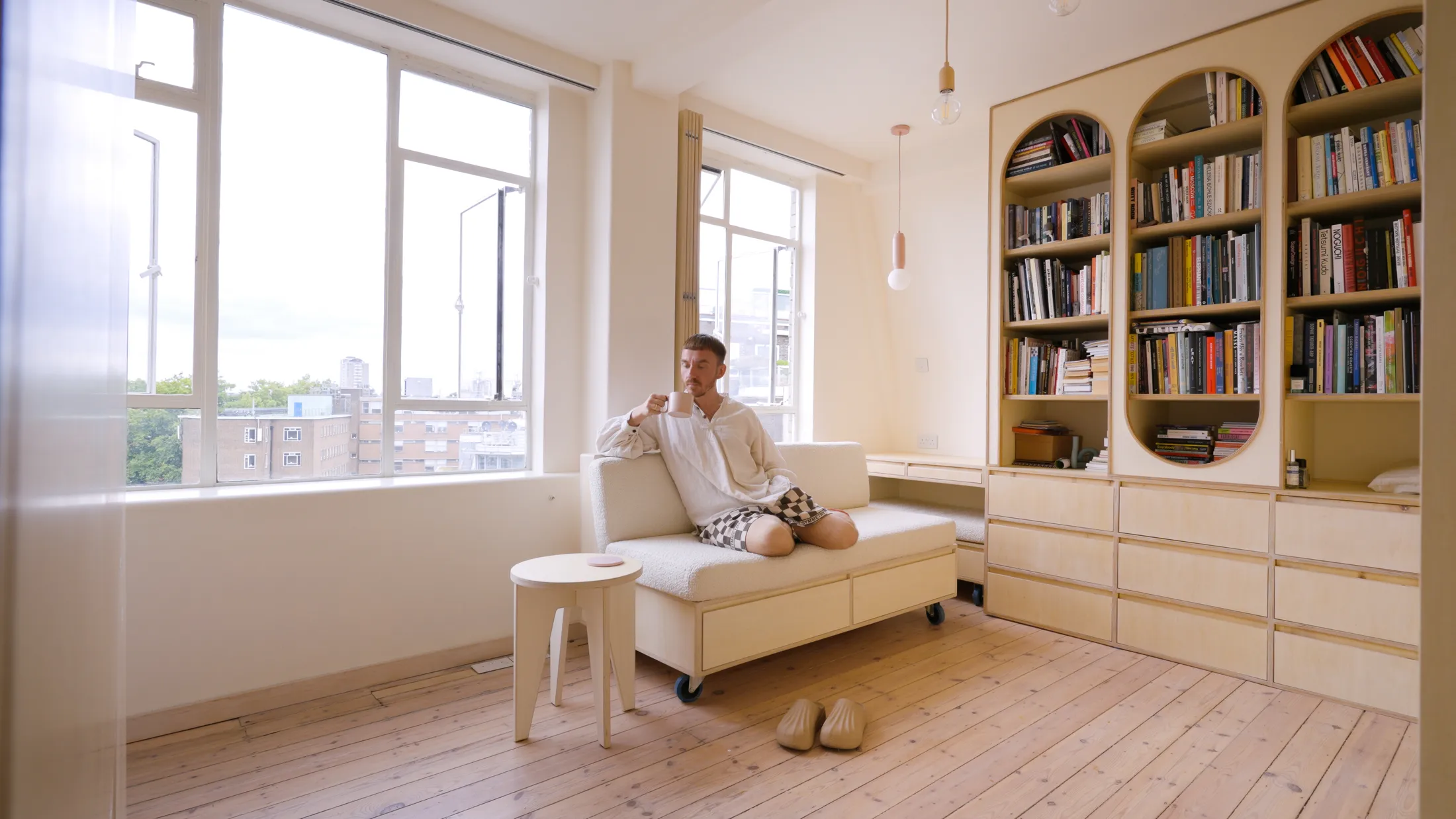
Inside a 24sqm/258sqft flat in London’s historic Florin Court, architect Anna Parker reimagines a home for two artists, combining heritage detailing with inventive joinery to create a multifunctional space defined by storage, bold colour, and contrast.
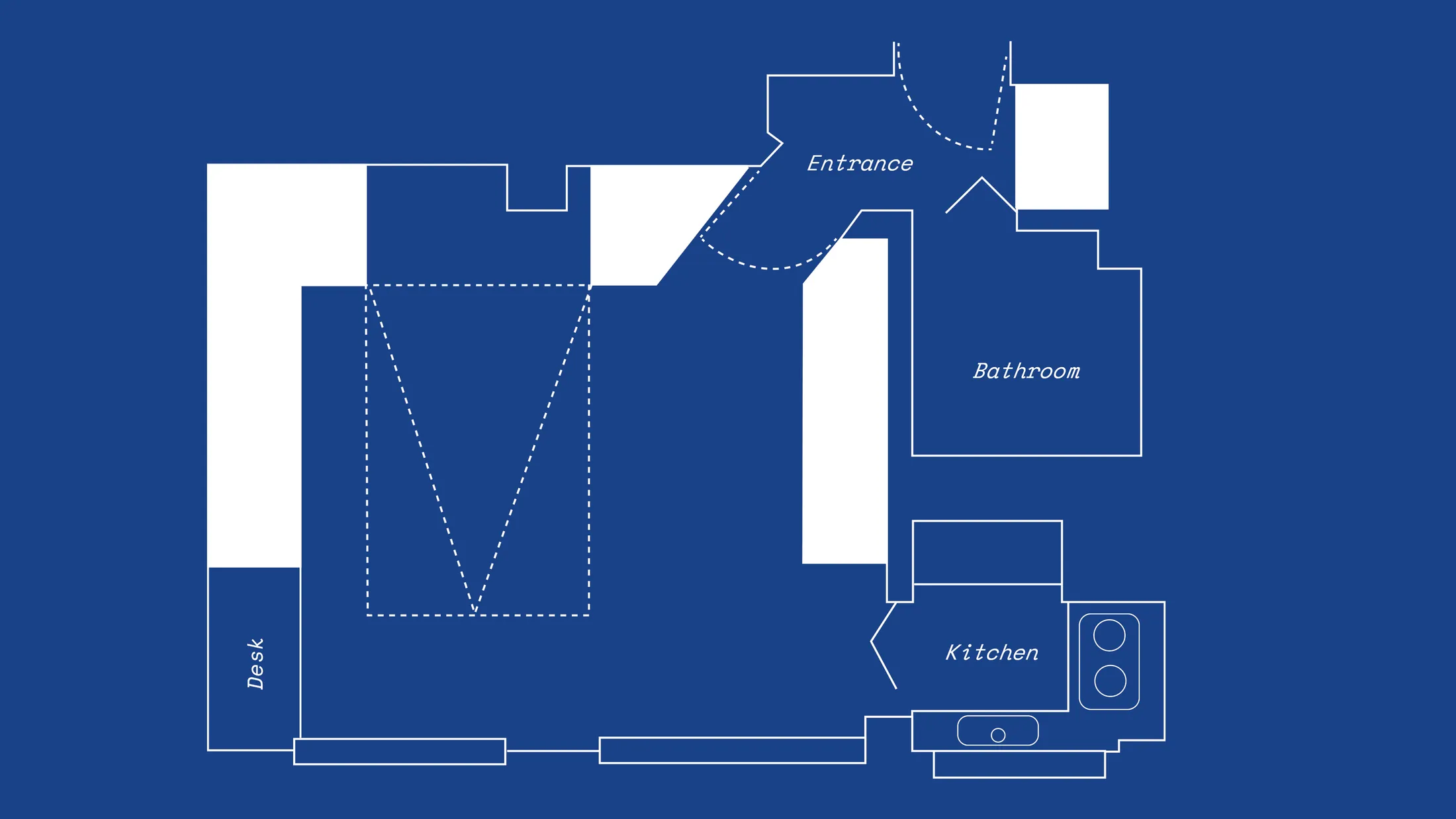
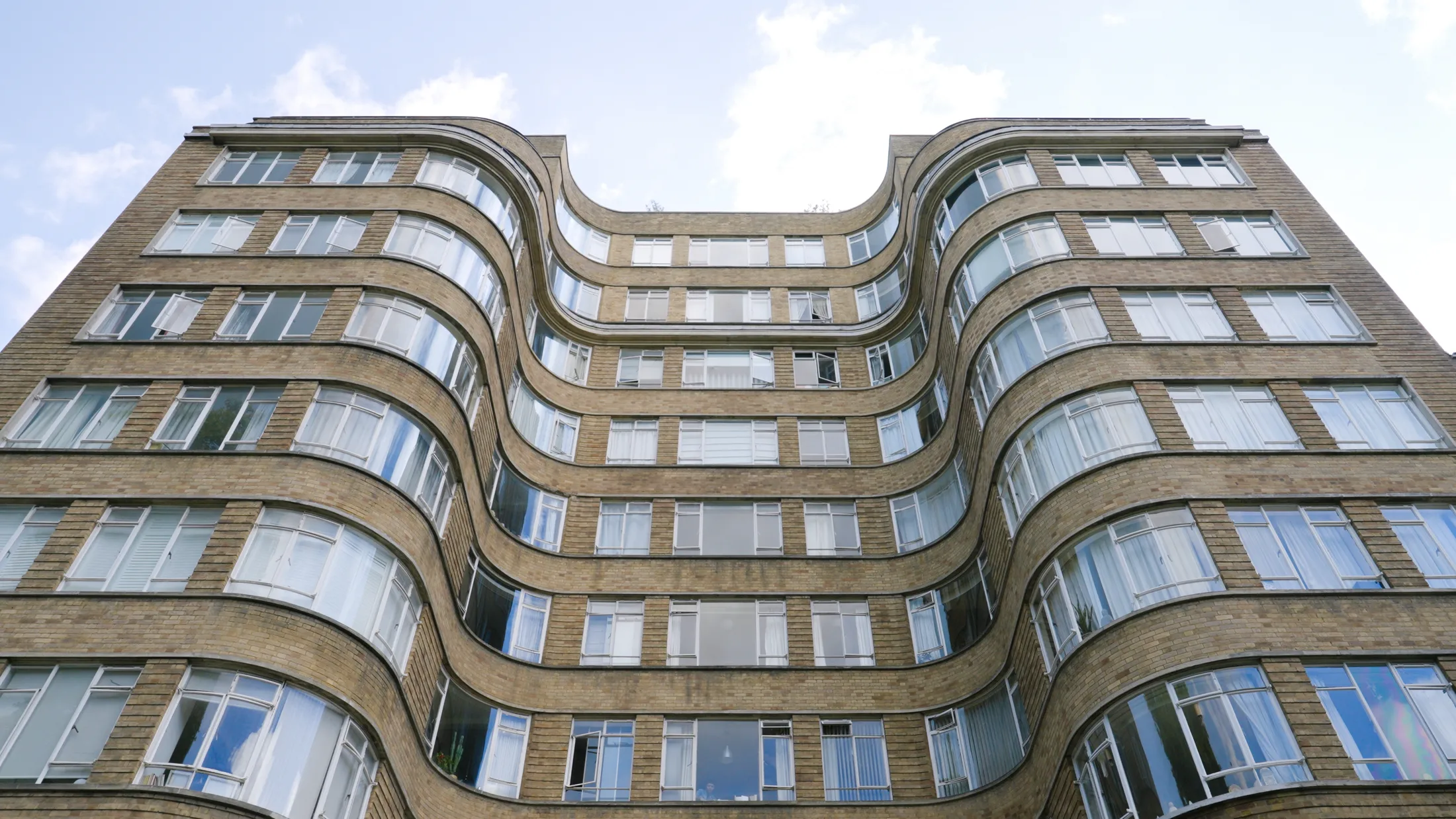
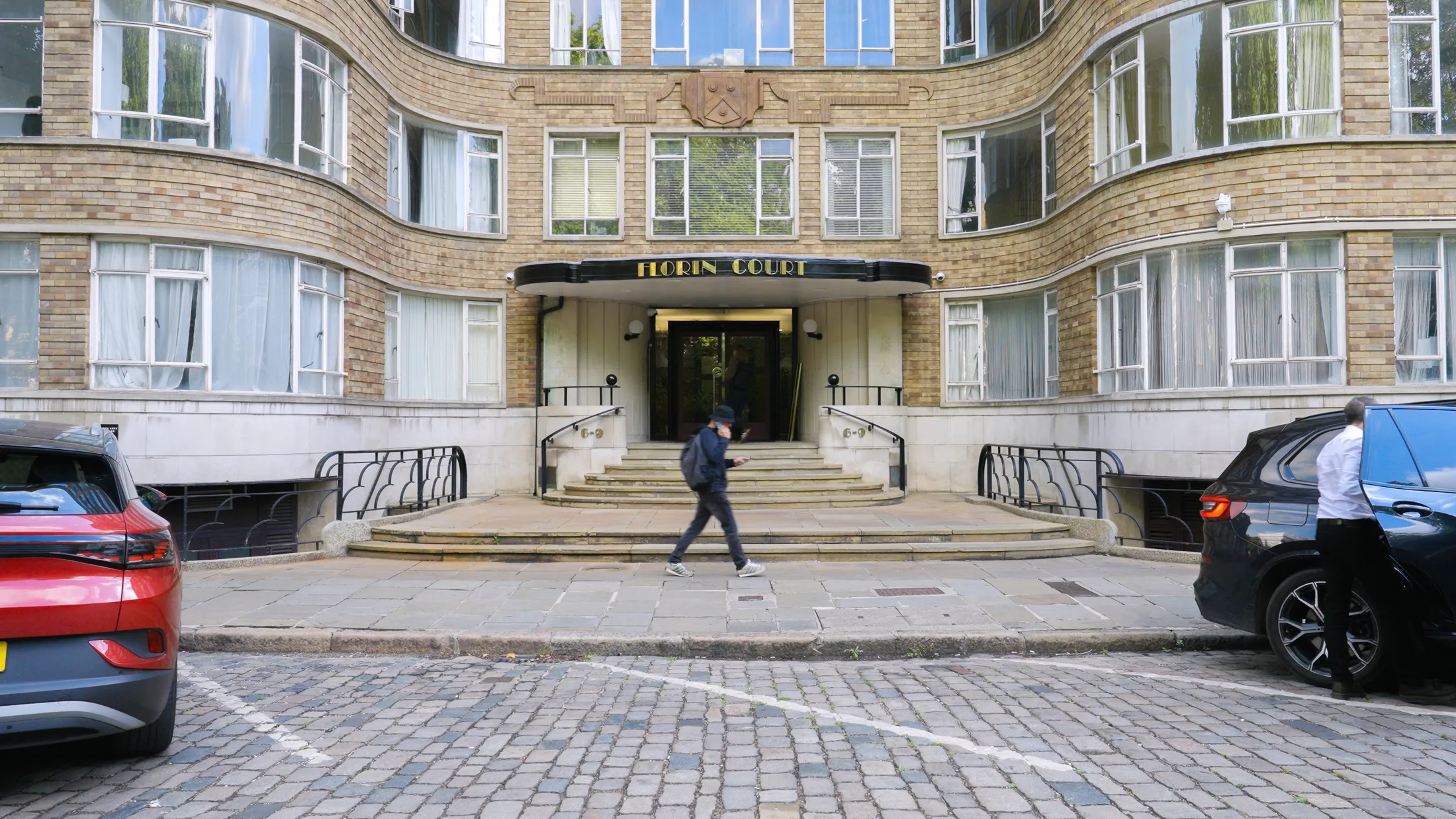
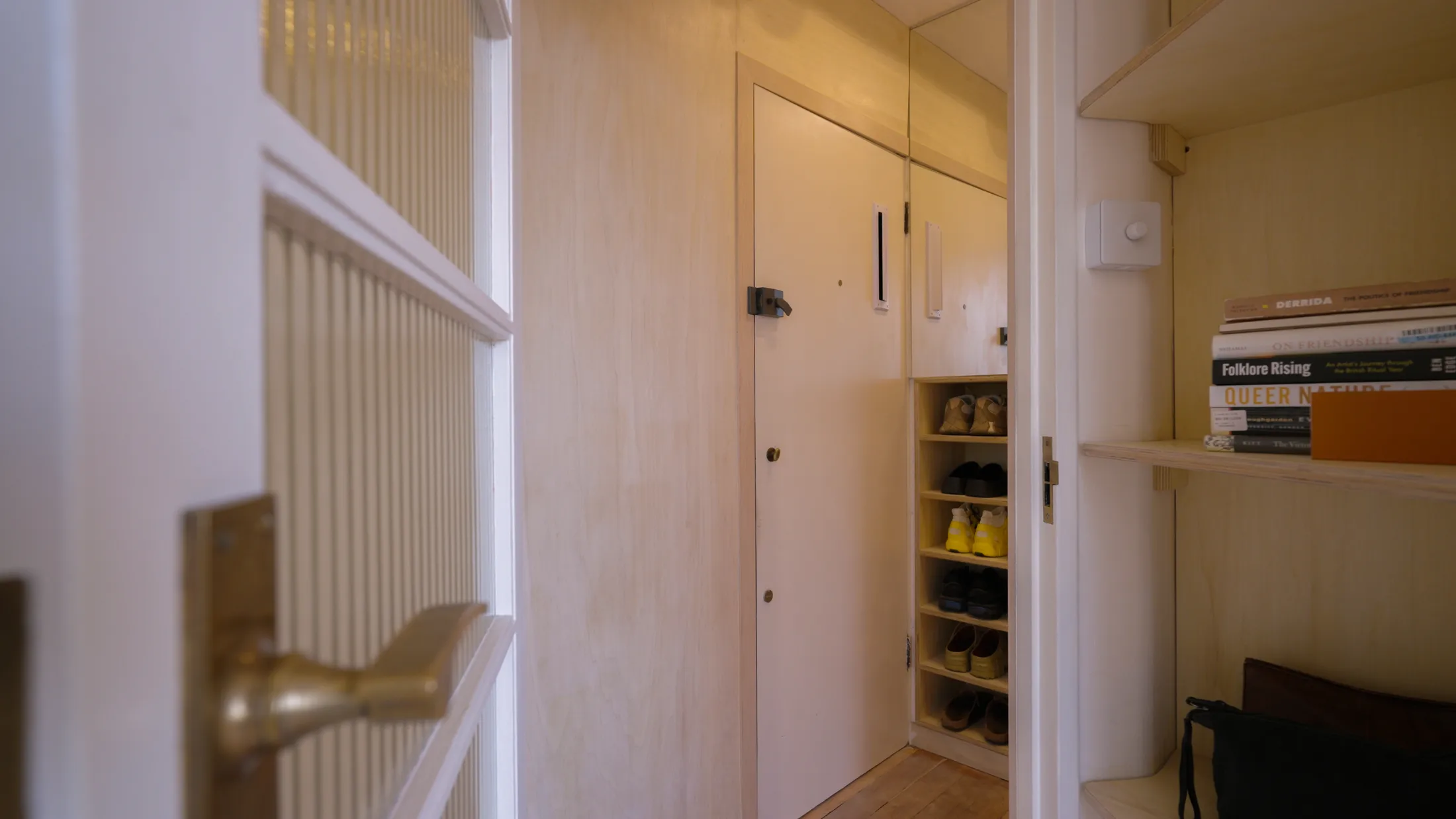
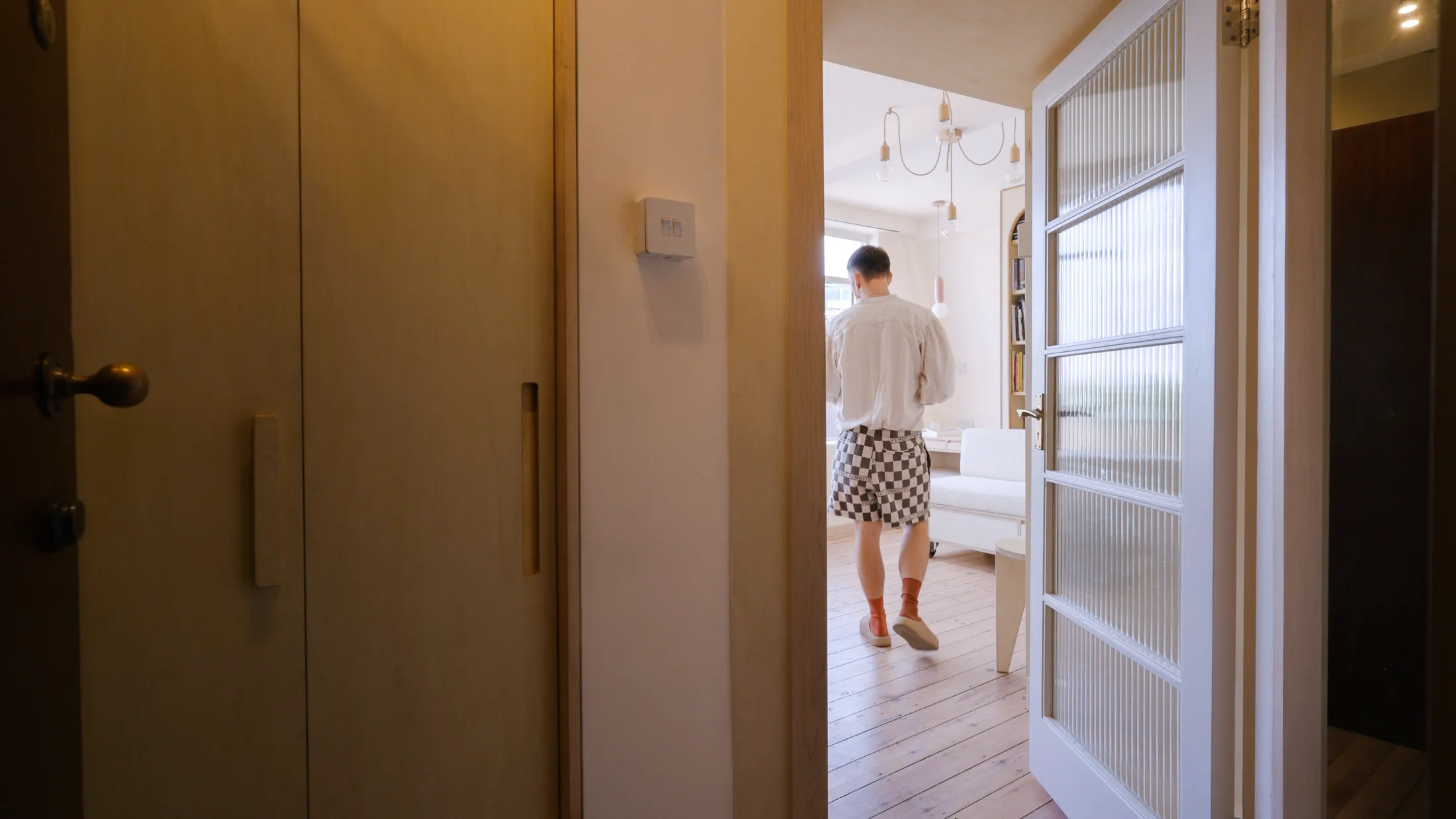
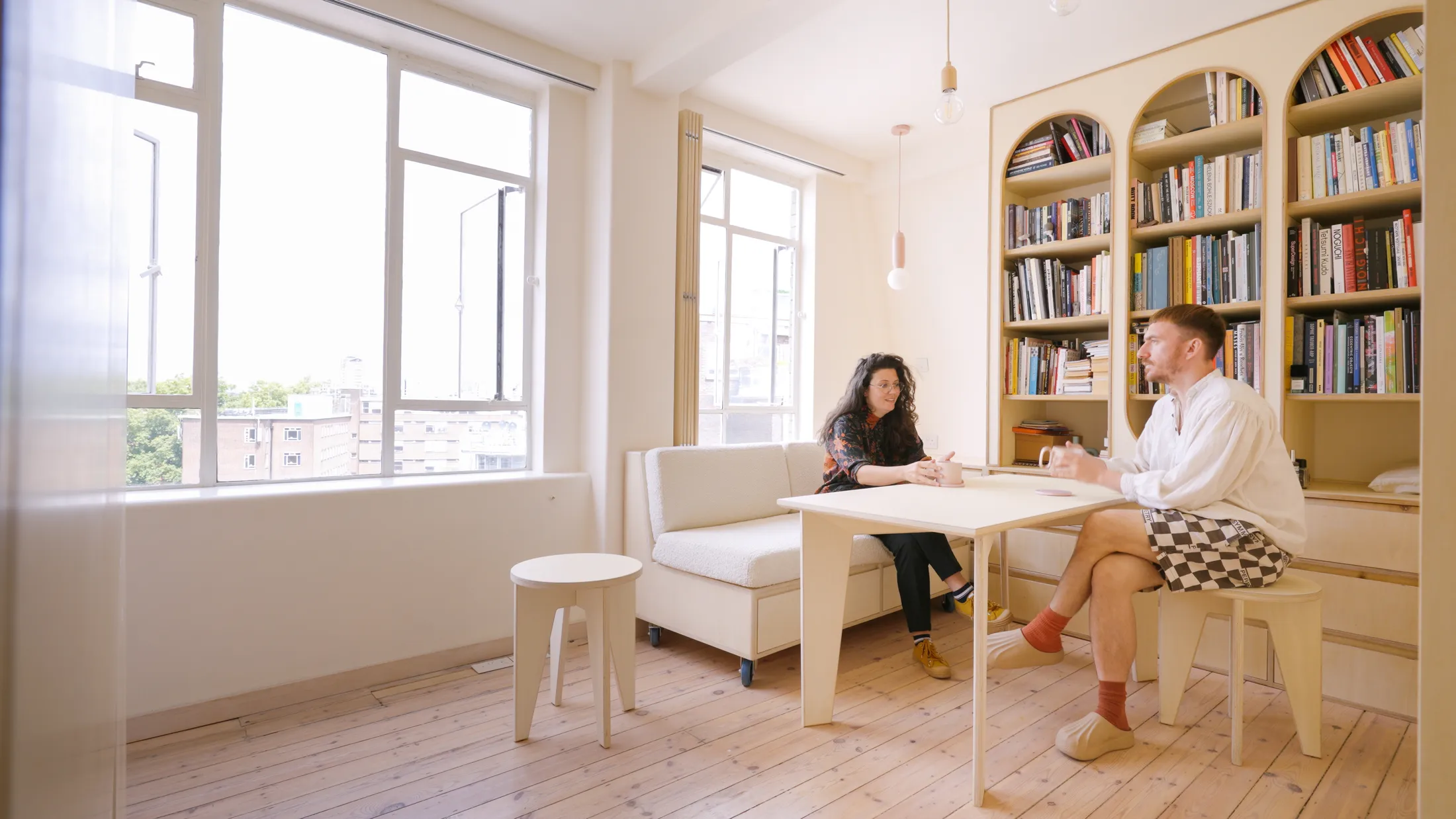
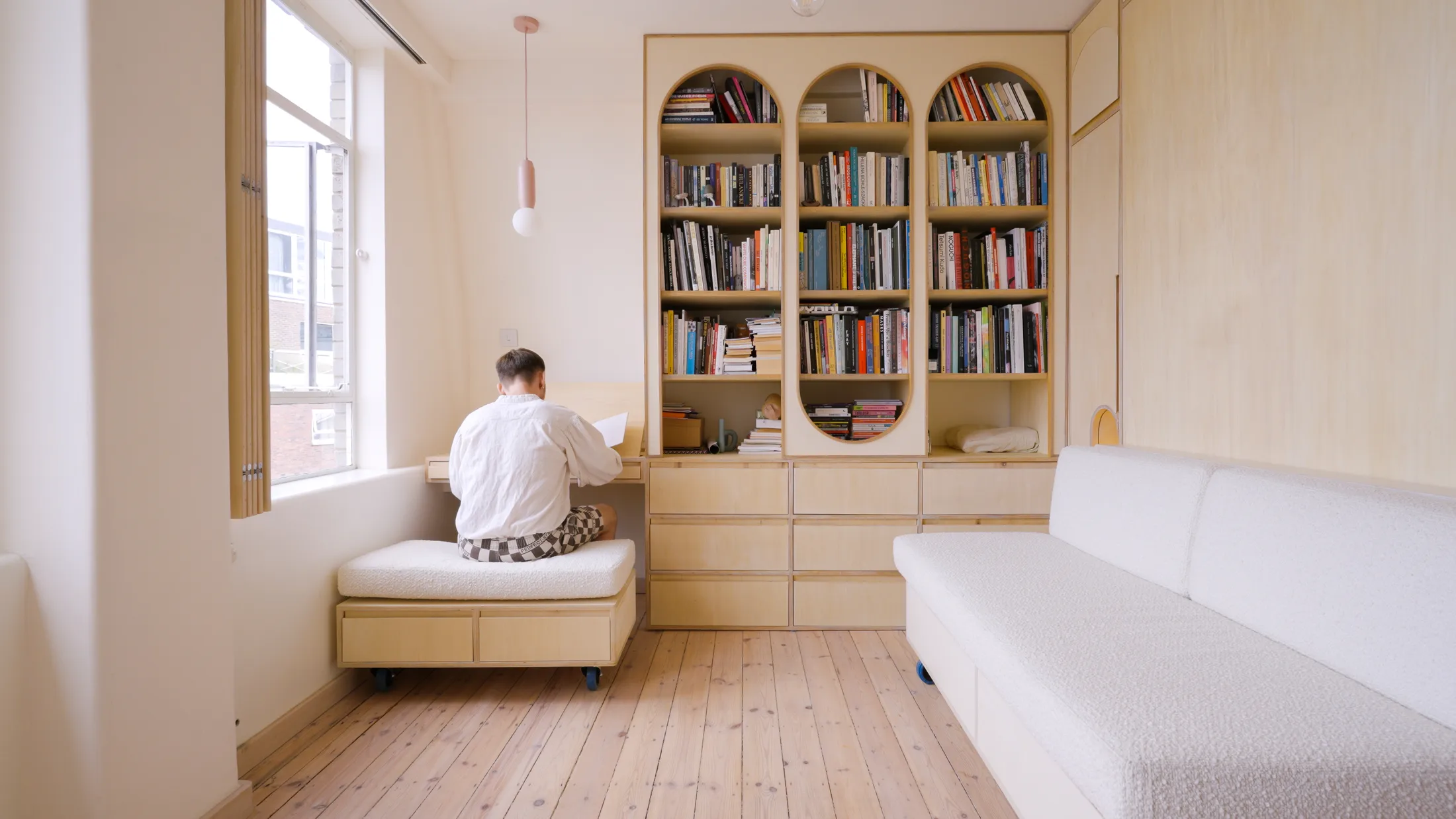
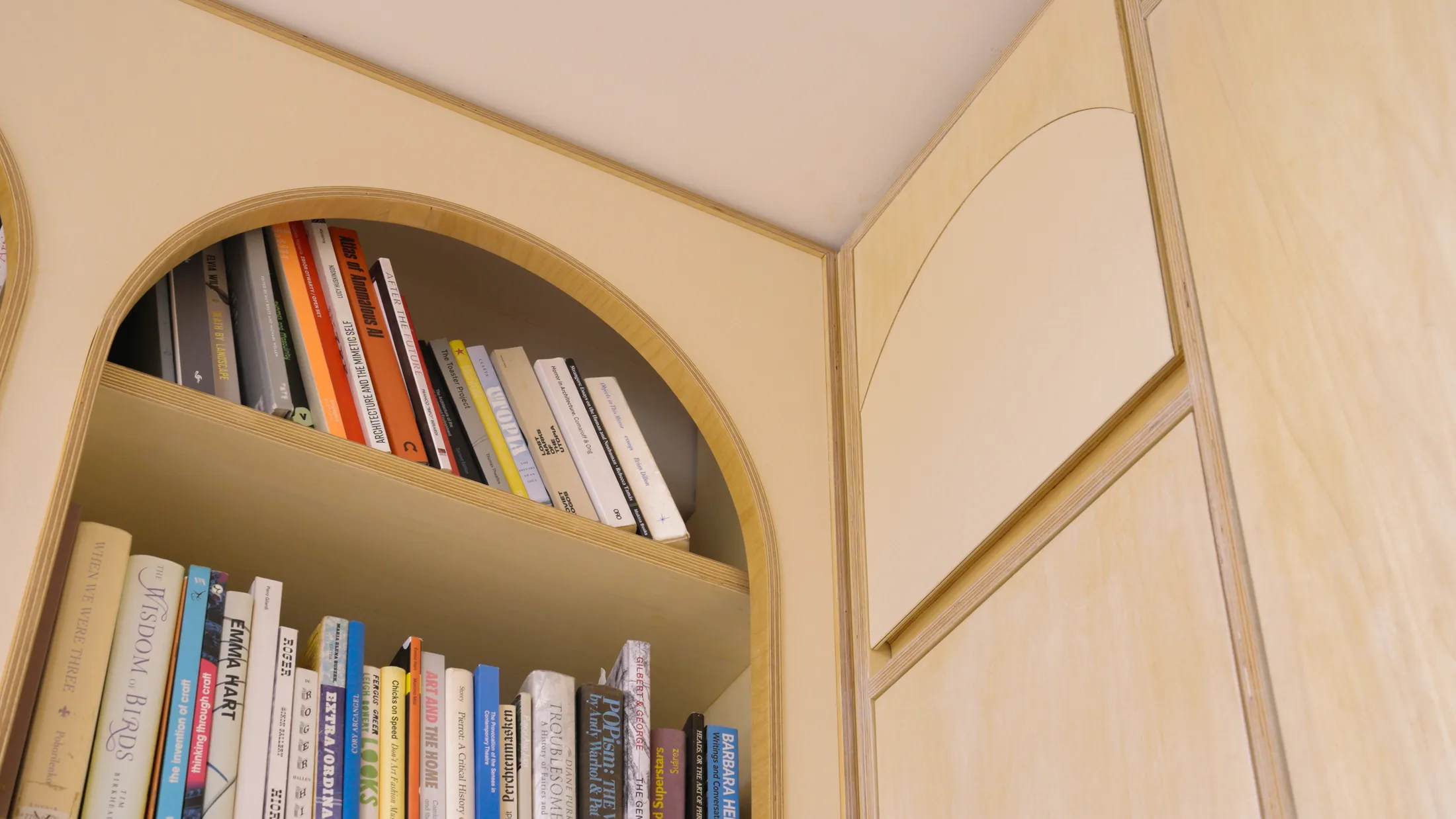
“Using a single material texture, or a drench of colour, helps visually connect a small space so it can feel expansive and harmonious.”
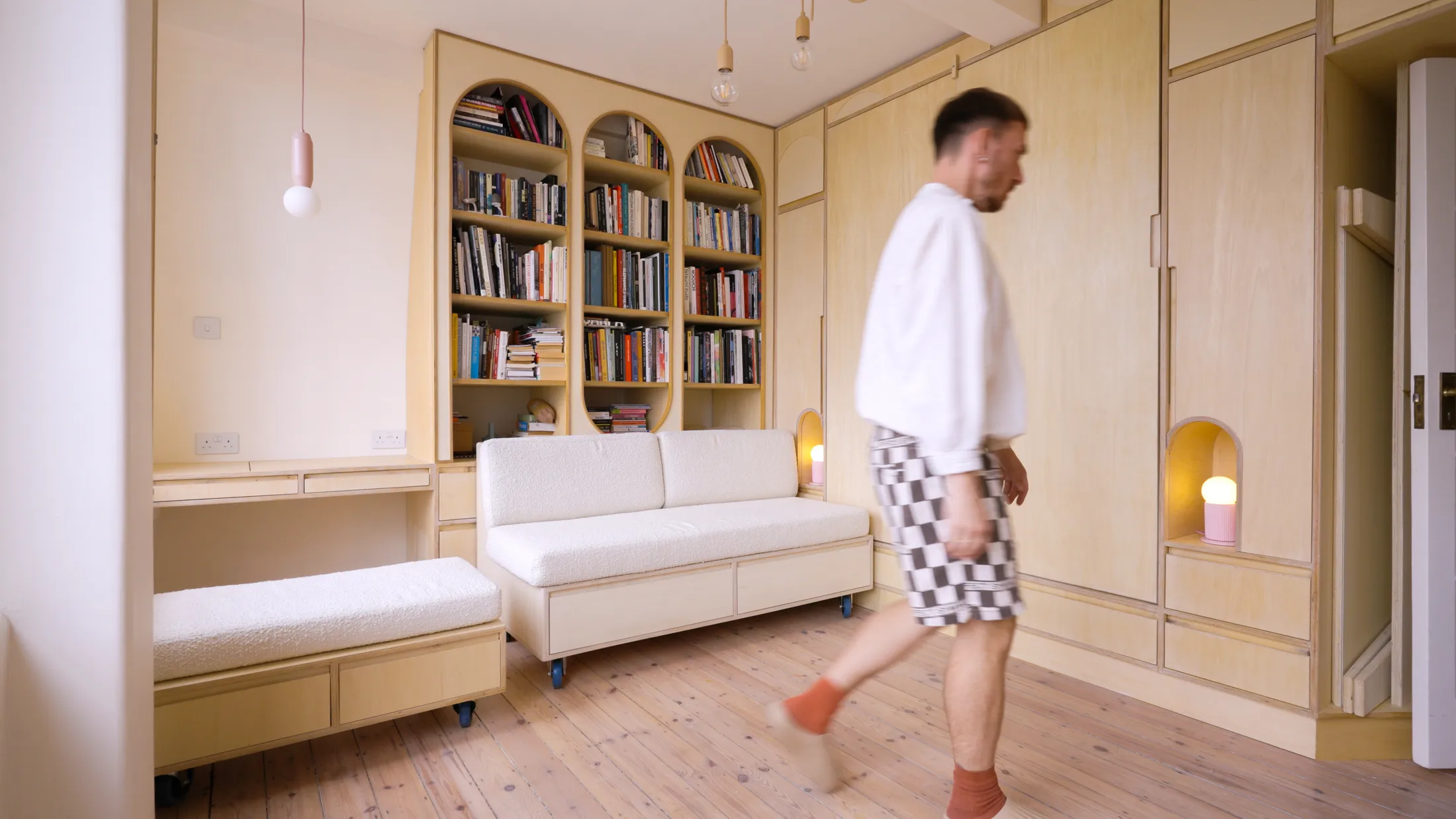
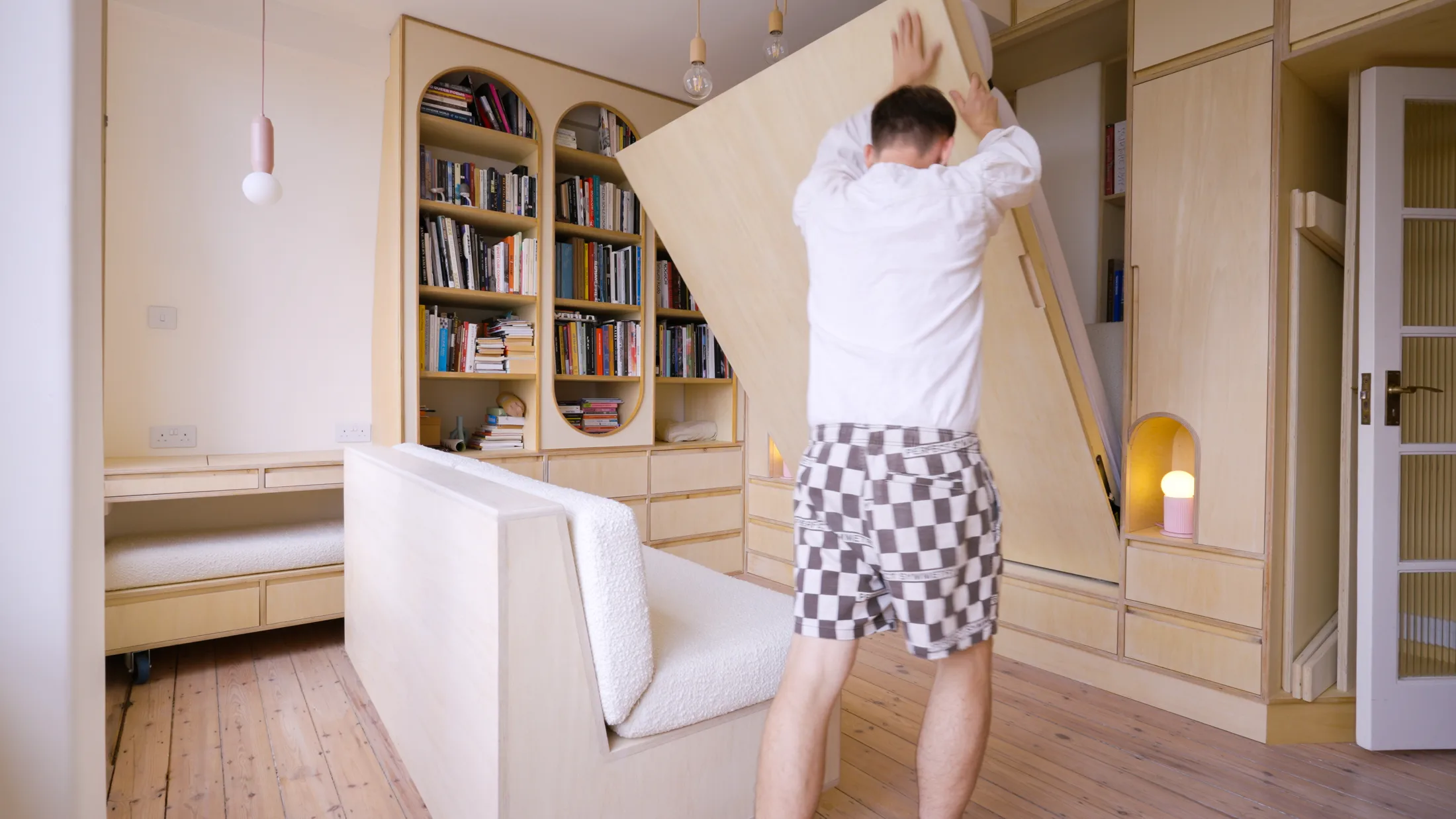
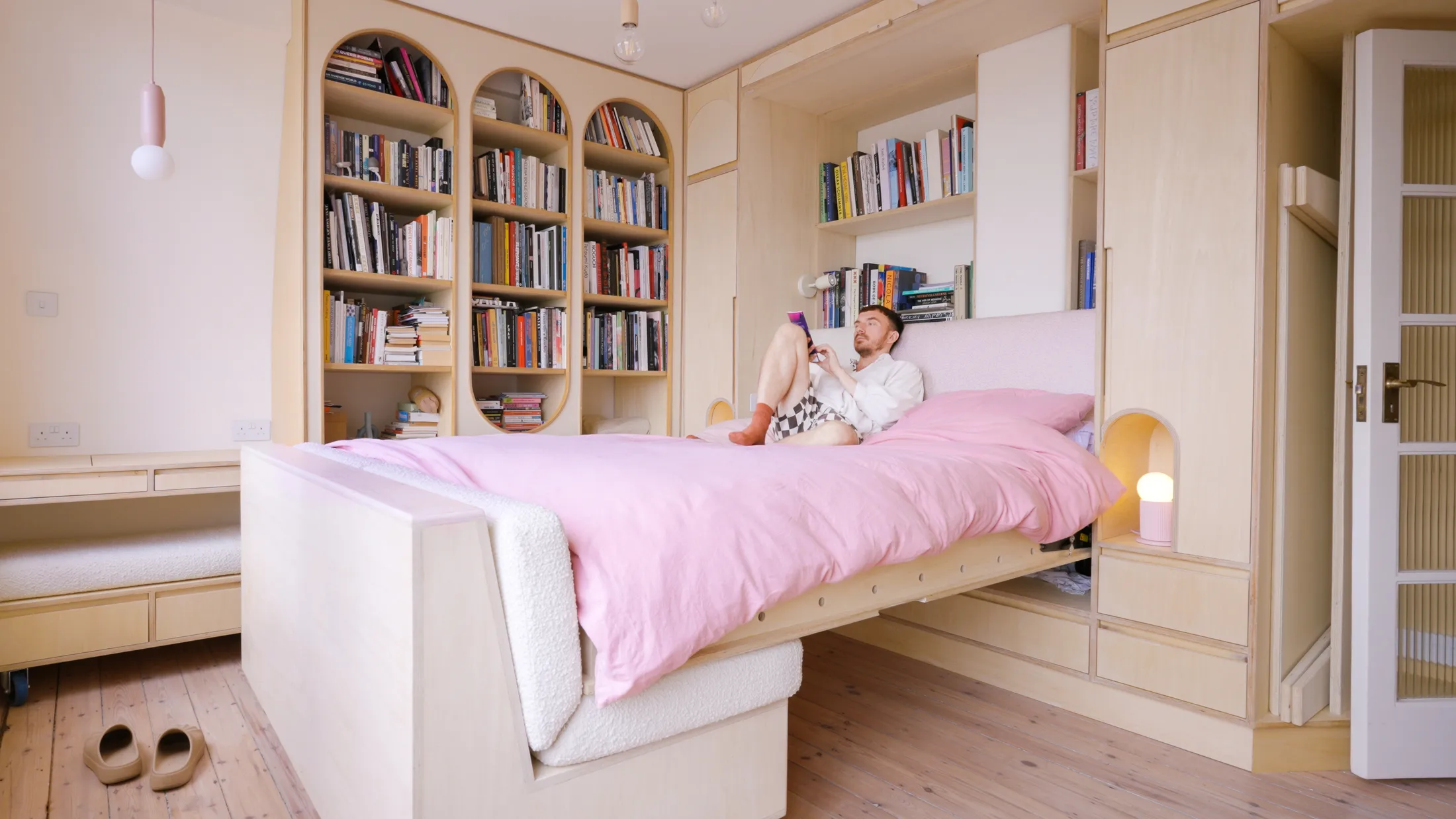

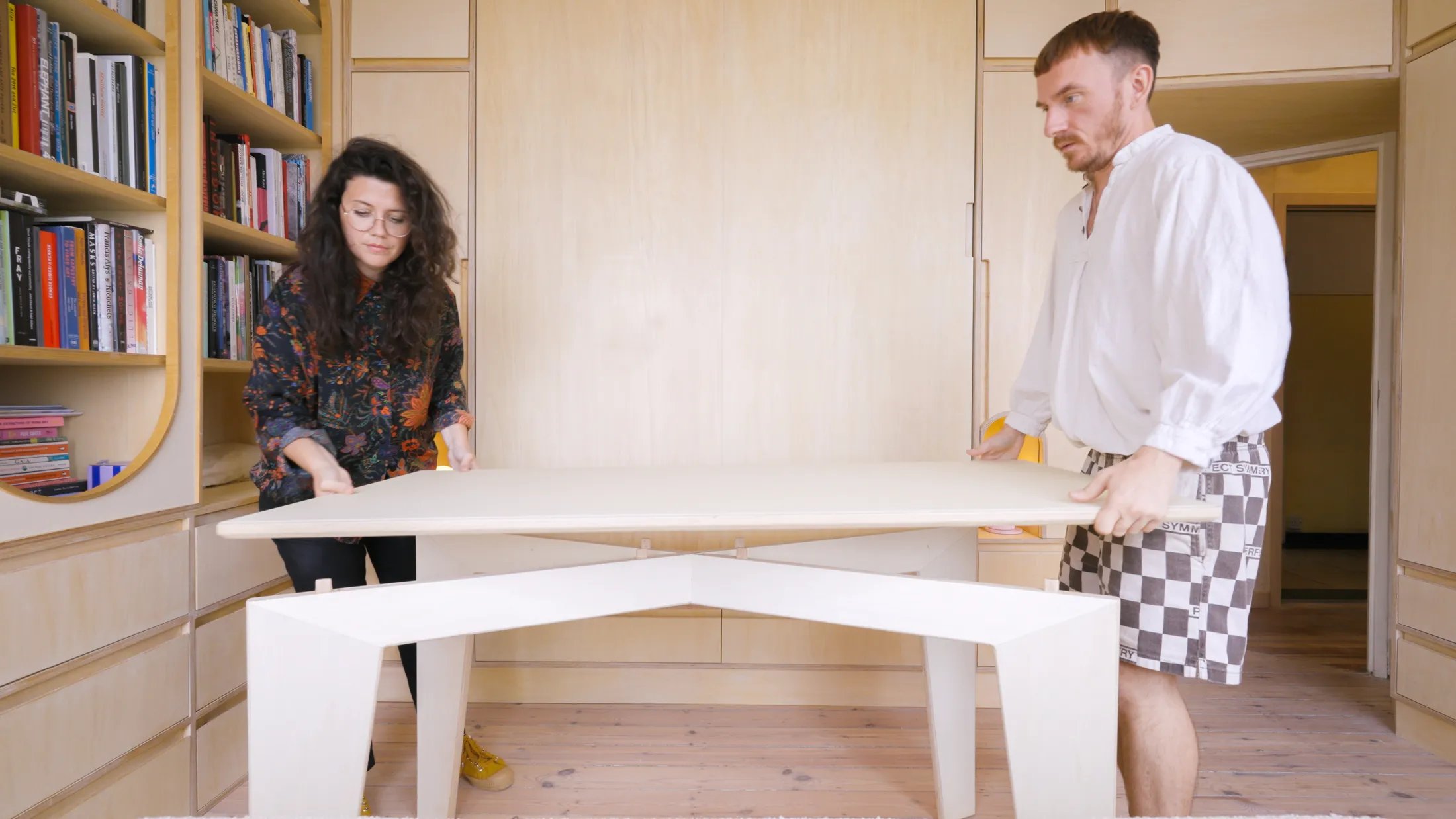
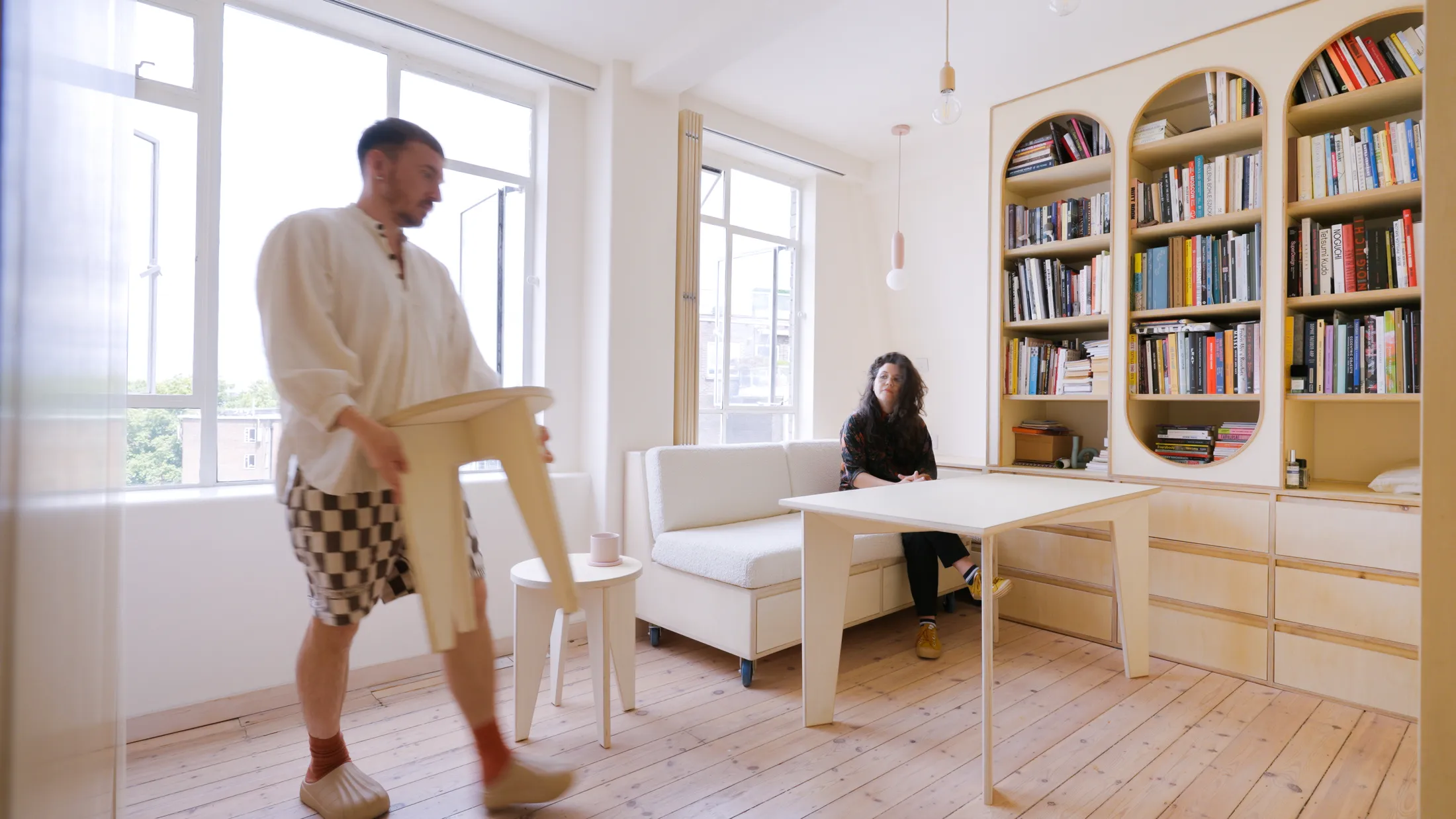
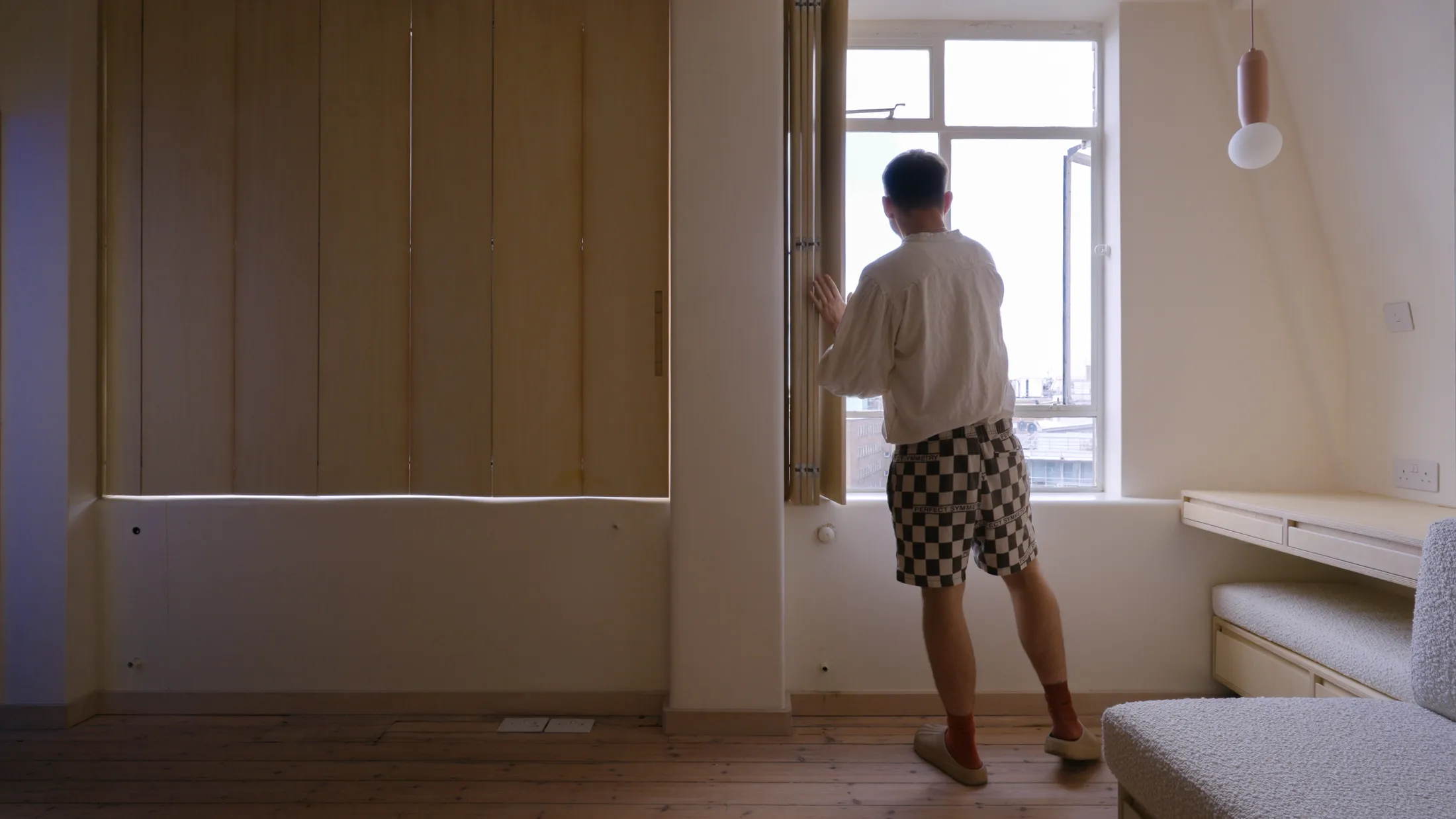
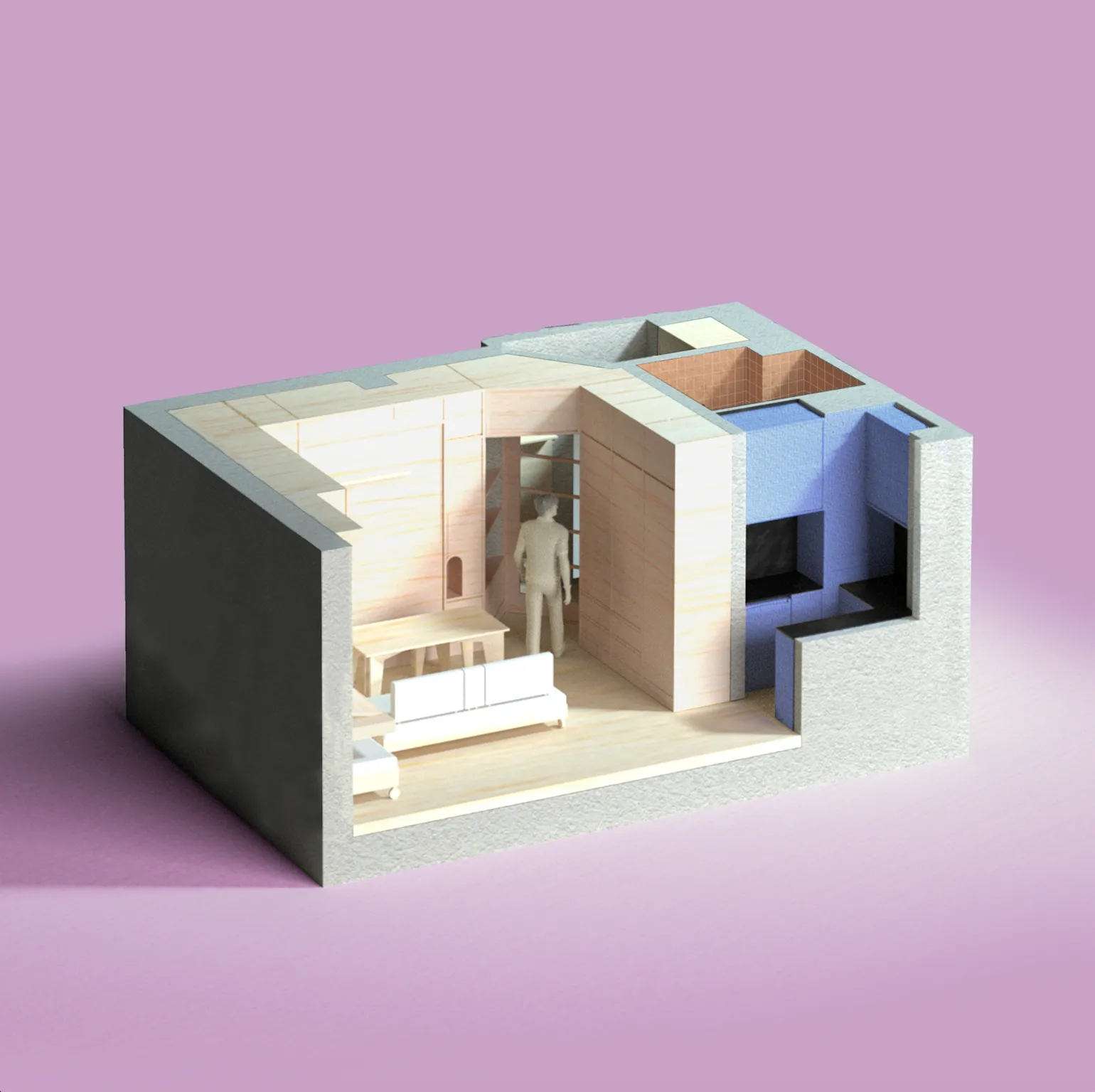

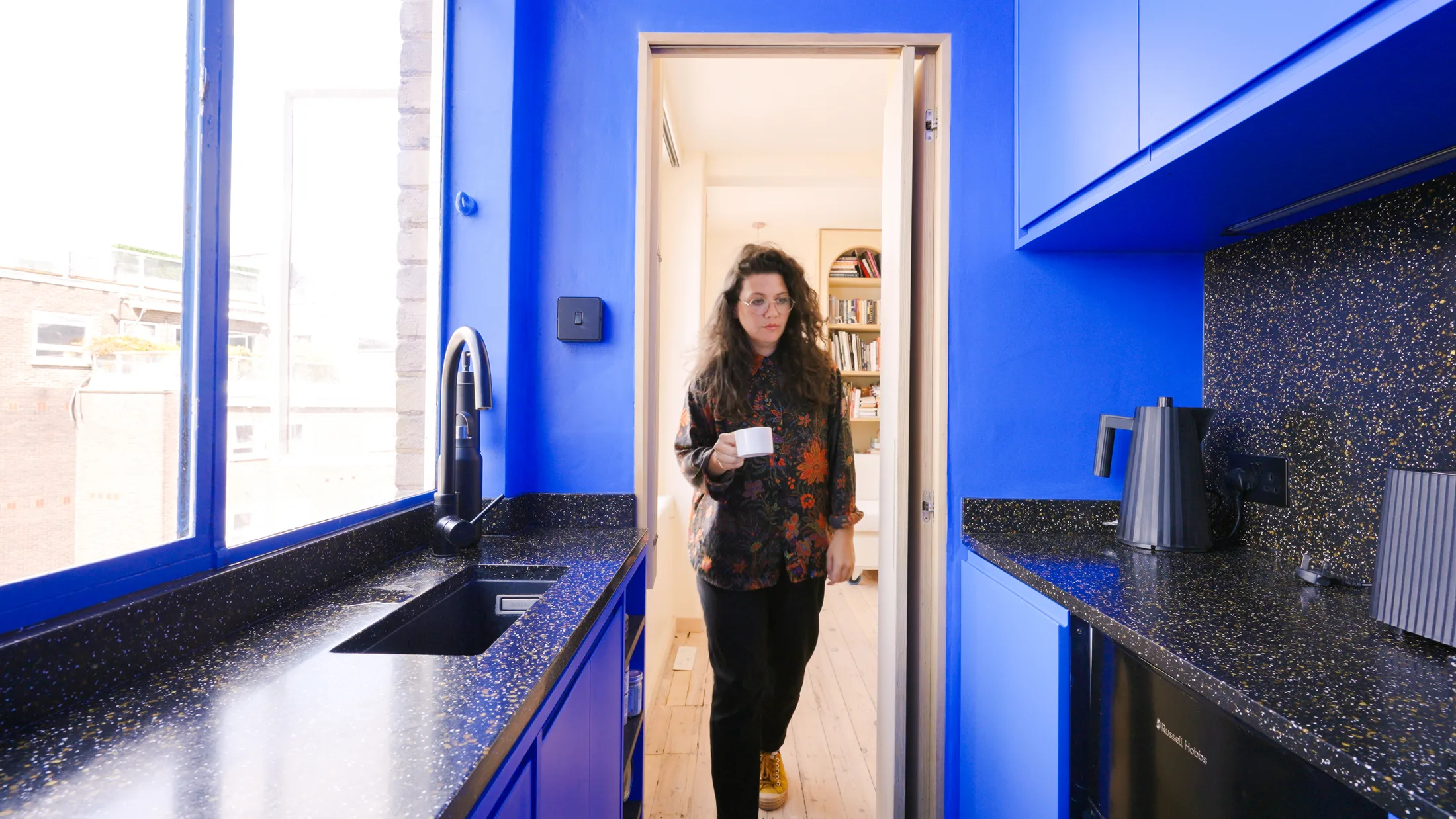
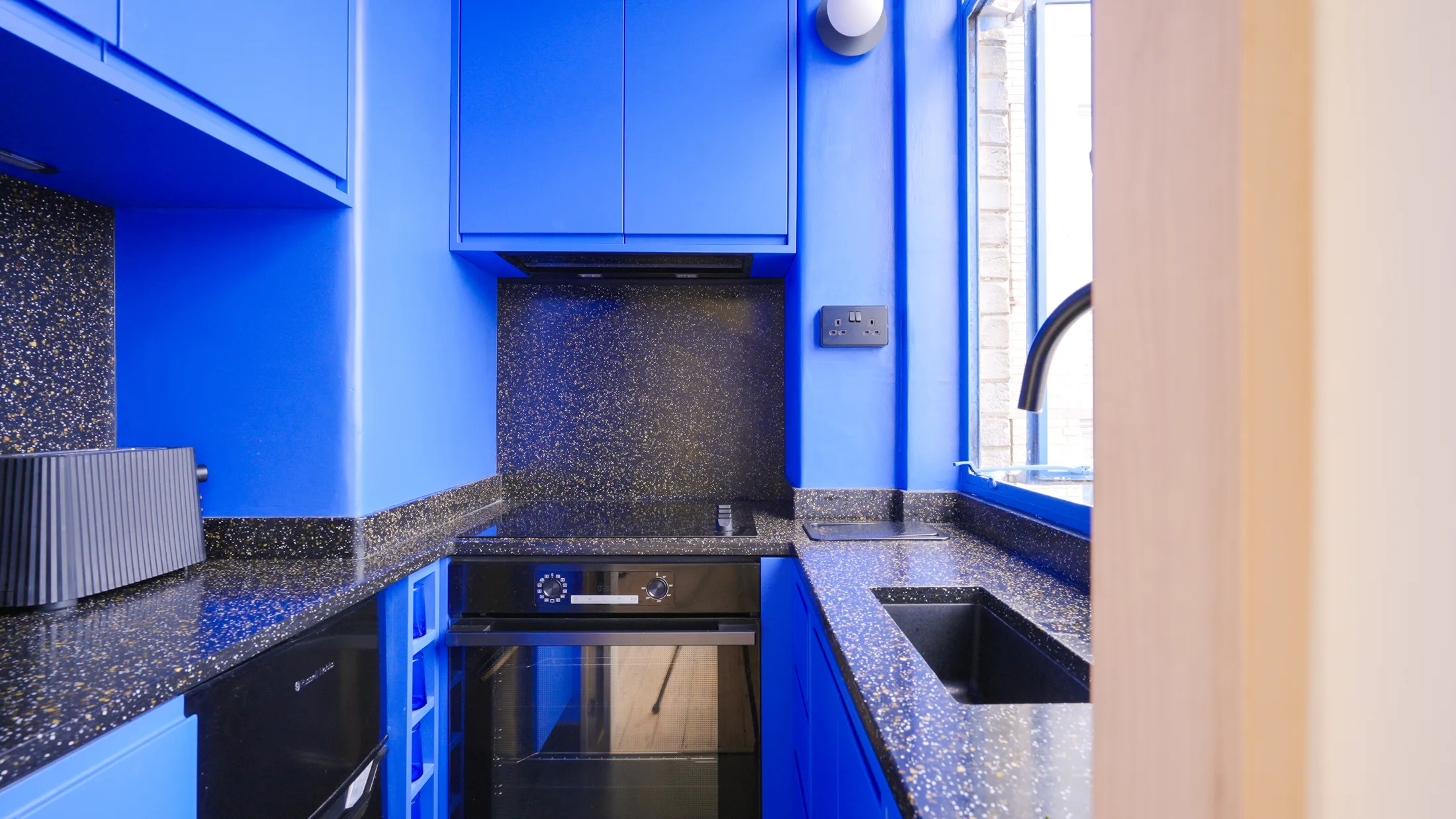
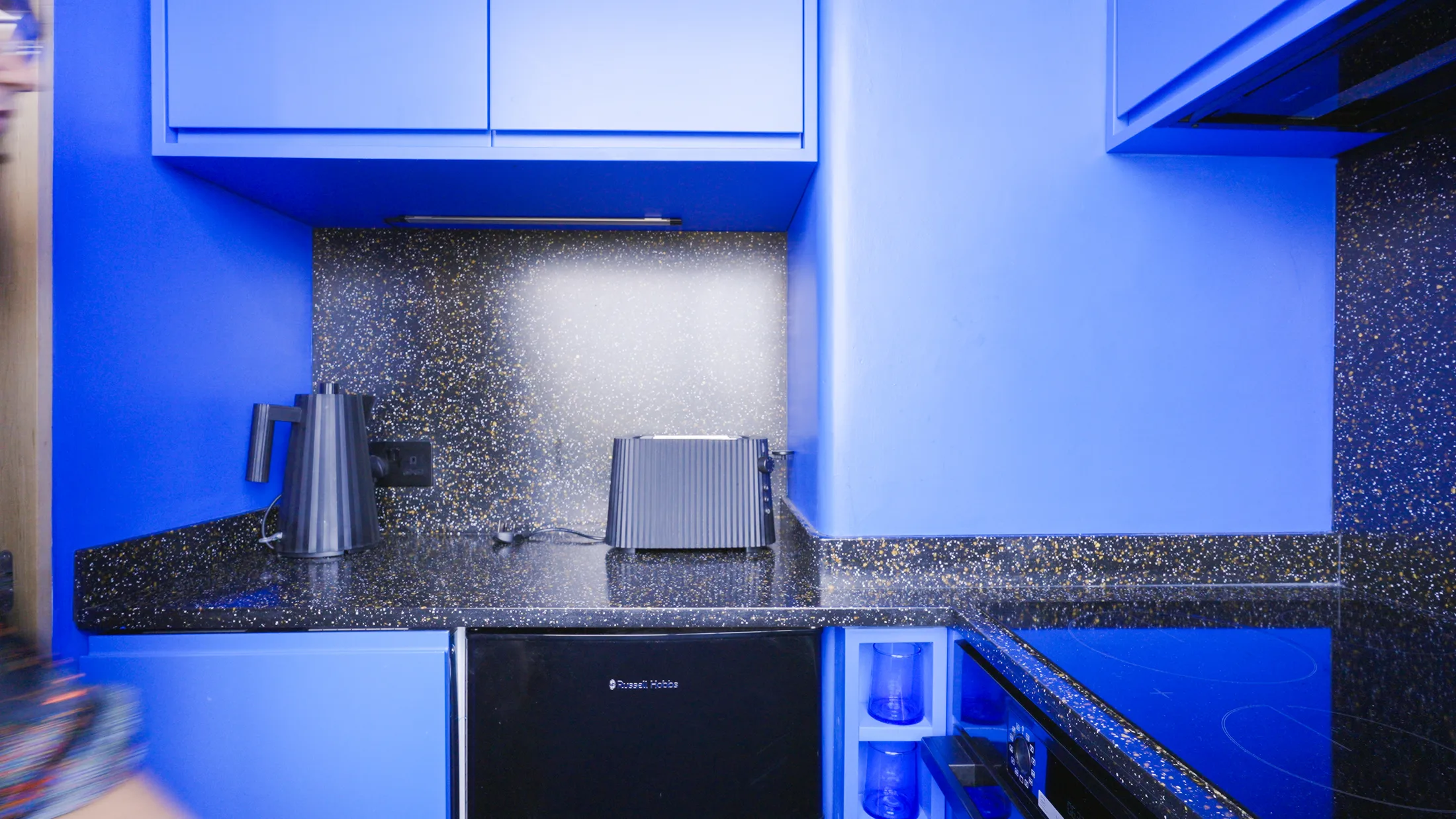


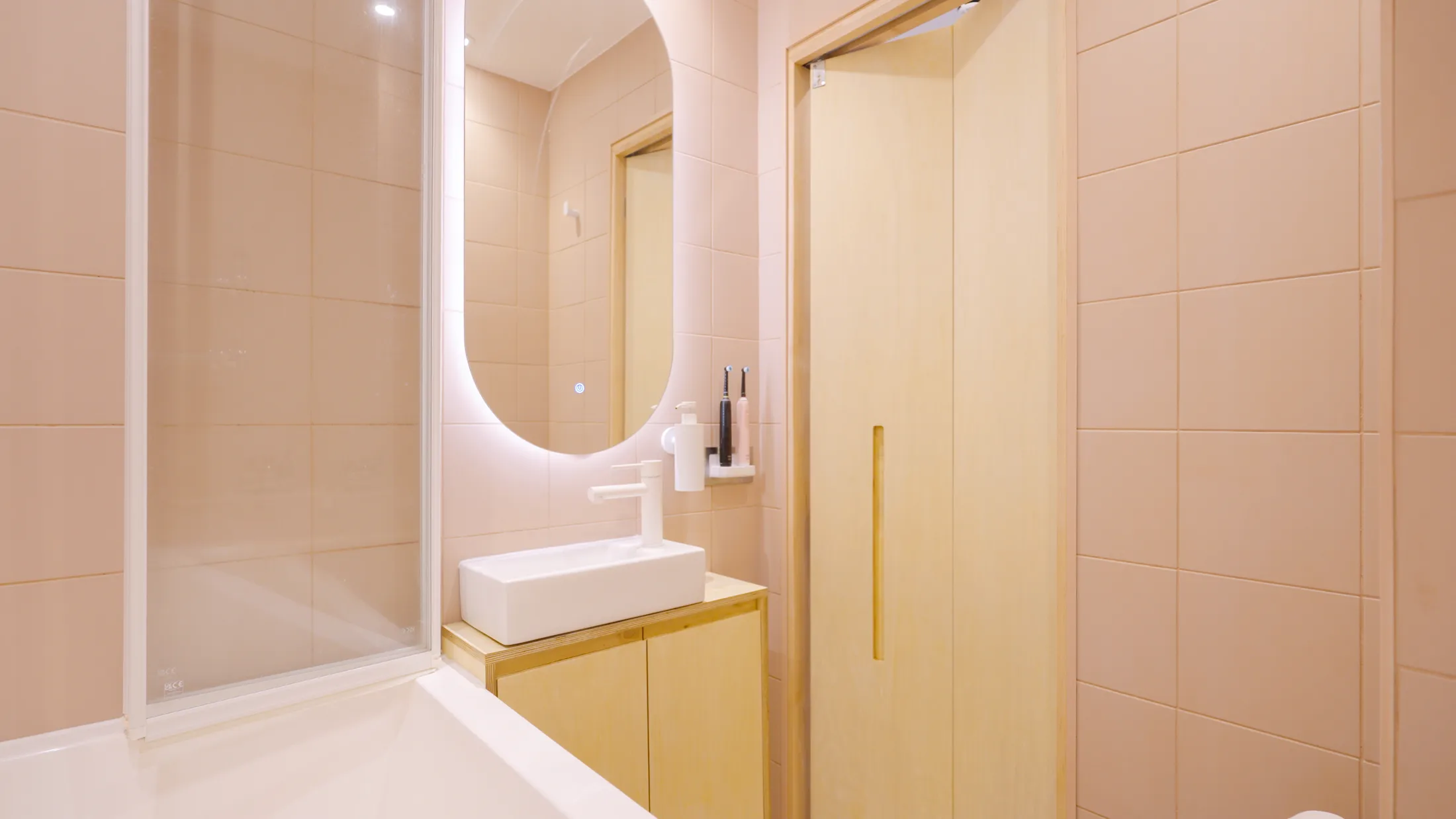
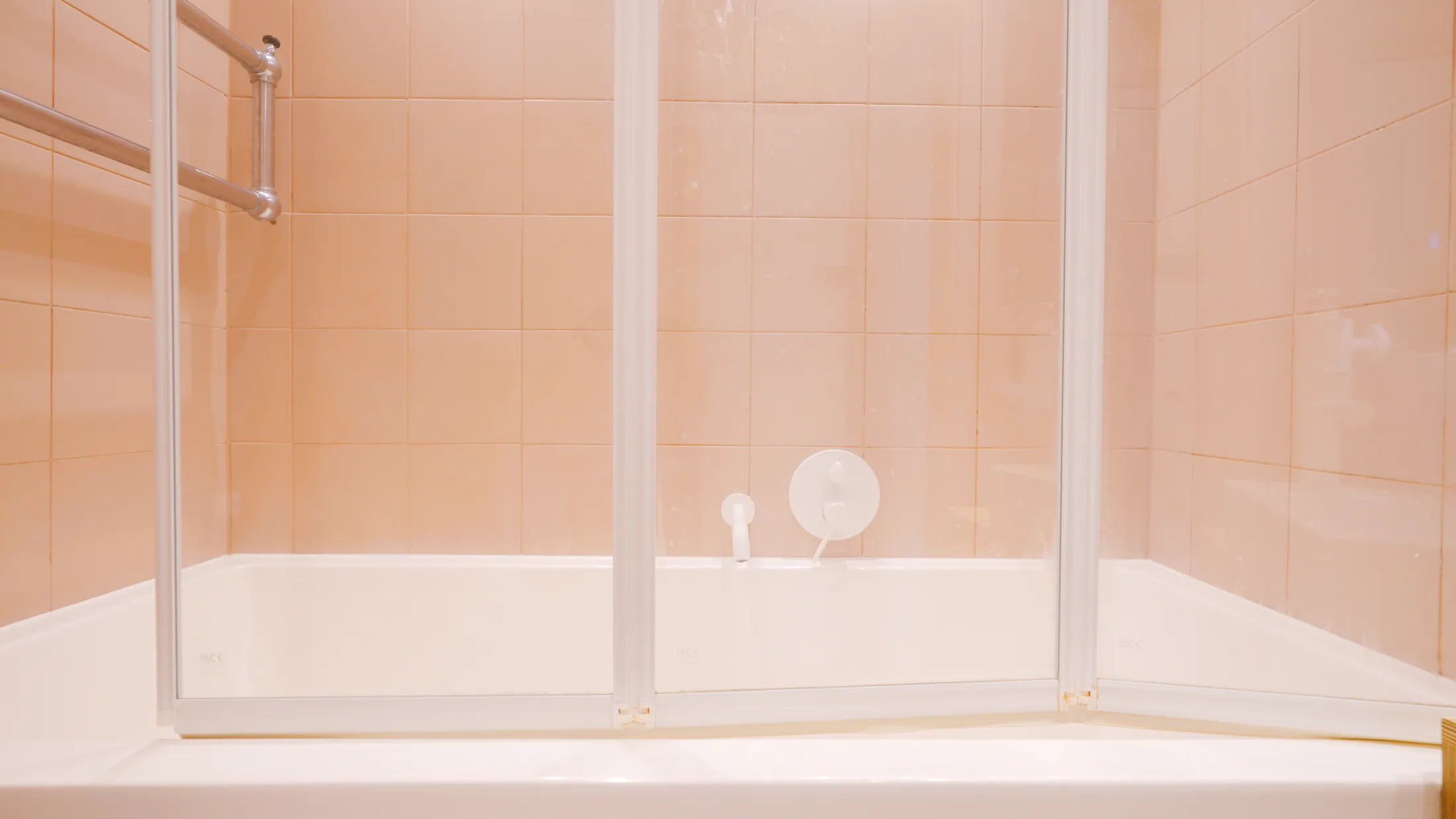
“Taking on a smaller space and refurbishing it, making it your own, it’s really important I think to have that element of fun – you can still create a stylish, functional home that has a lasting legacy.”
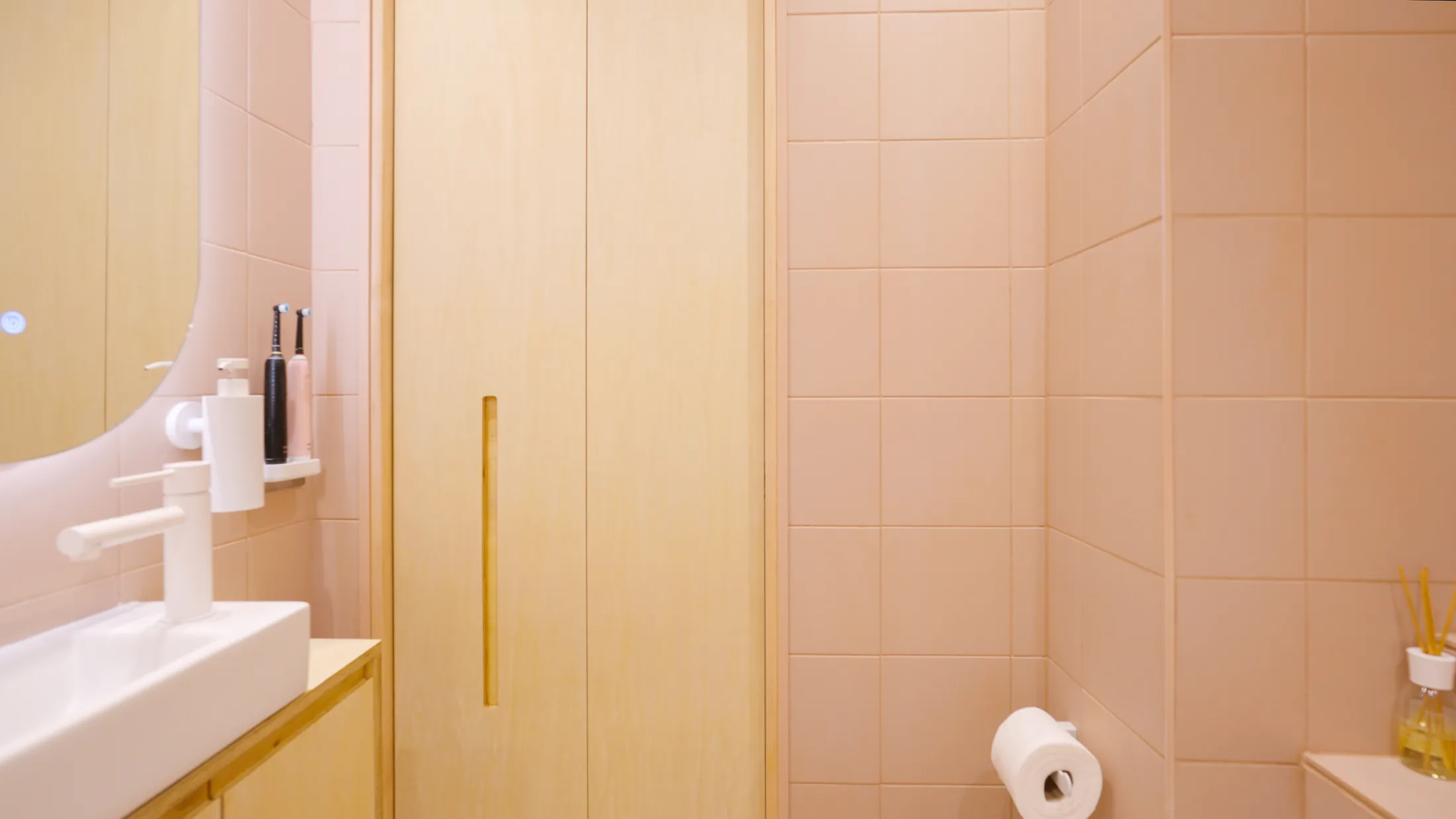
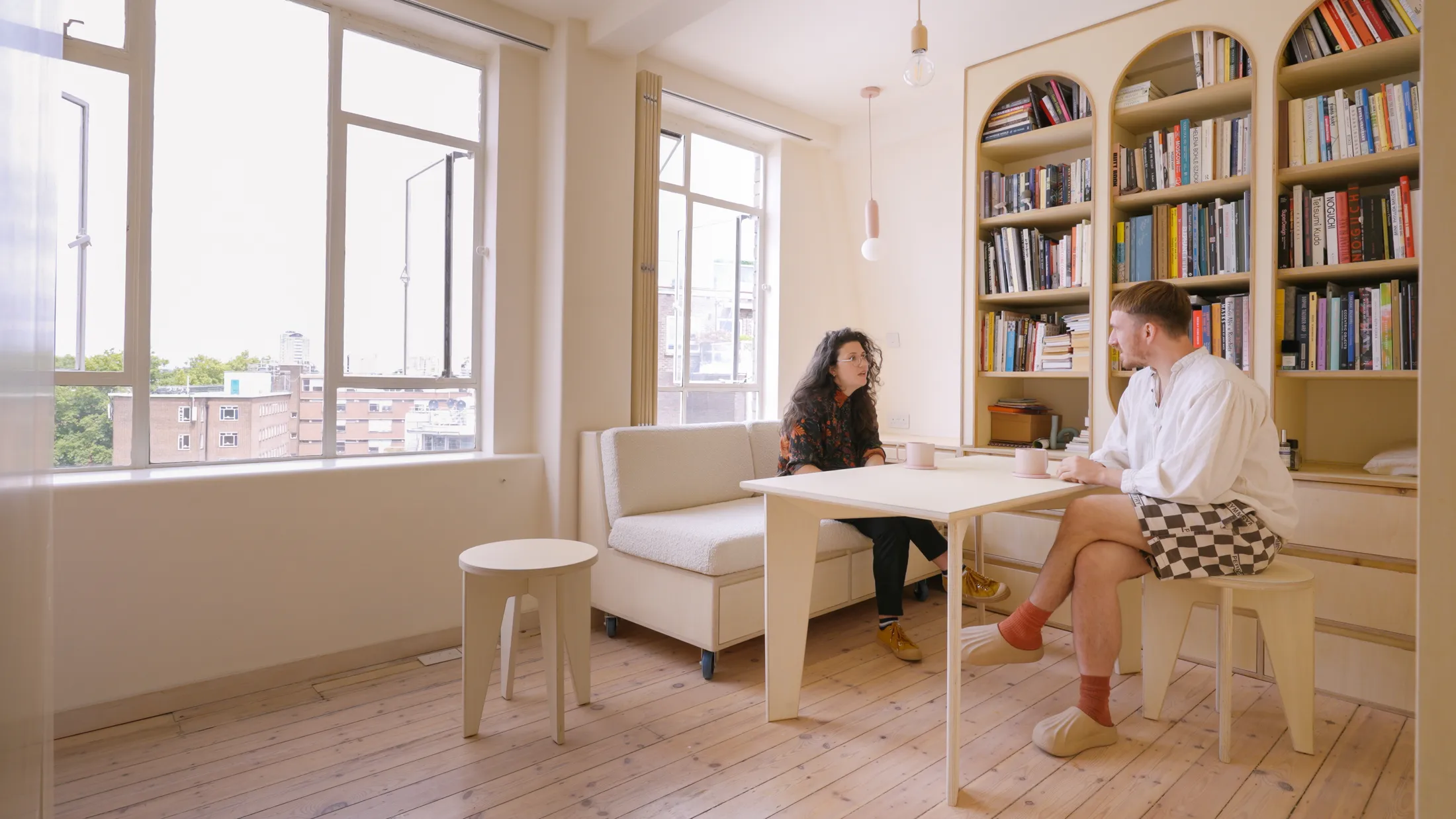
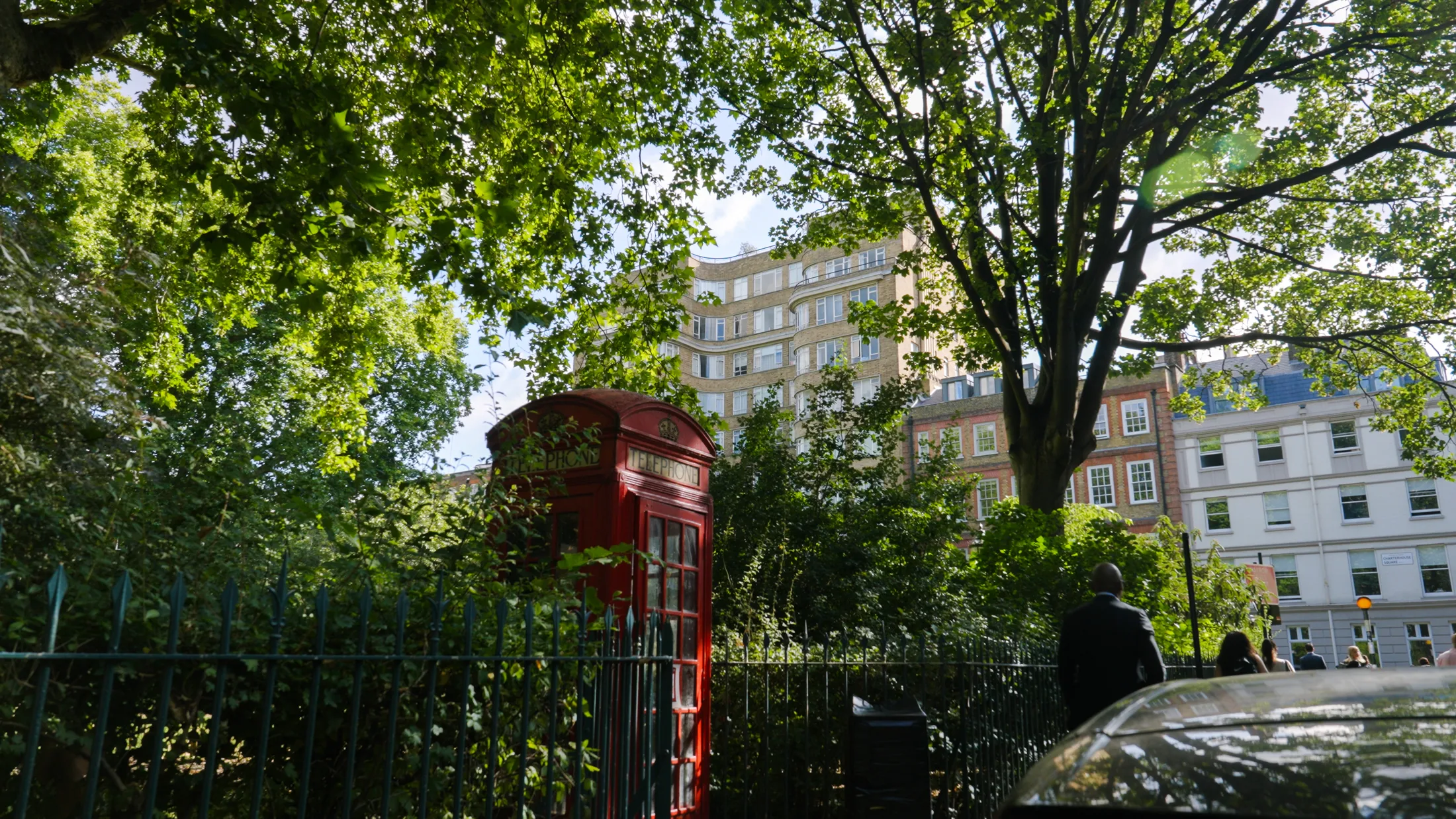

“We approach small spaces as though we’re solving a puzzle,” architect Anna Parker says. For her, this mindset “unlocks opportunities in how a space fits together,” it’s an “activation of the usability of the space.” At just 24sqm/258sqft, Poirot’s Bijou Apartment was an apt playground to test the idea. The London apartment sits within a building renowned for its Art Deco architecture, defined by a striking curved façade and Crittall windows. The ground floor originally included a public restaurant, a cocktail bar, and a club in the basement. It was also featured as the fictional home and office of Agatha Christie’s Hercule Poirot – an association that inspired the project’s name.
The apartment is home to two well-known, London-based artists, who wanted a space that felt relaxing and tonally muted, a calm counterpart to their vibrant, colour-filled studios. They asked for an inventive design that maximised storage while accommodating zones for living, dining, sleeping, and working all within just 24sqm/258sqft. A puzzle indeed.
Undeterred by a challenging brief and the constraints of the building’s listed status, Parker, founder of Intervention Architecture, set about transforming the space. “During the renovation we had to retain all structural walls, so the amendments were only fit-out based,” she explains. This included navigating the apartment’s original Art Deco plumbing, which meant the bathroom layout couldn’t be changed either. A final – though by no means inconsequential – constraint was what Parker calls the “almost Parisian-style” Art Deco lift. The small elevator meant limited access to the top-floor apartment for building materials and deliveries. With so many restrictions, Parker turned to modular joinery as both structure and furniture, designing a single plywood system: a wall of CNC-cut, precision joinery that folds, slides, and reconfigures to create spaces for living, working, and sleeping.
“The joinery within the main space is multi-functional,” Parker explains. “It takes inspiration from a Japandi style with Art Deco referencing and provides a holistic layout for storage.” It’s a home built around flat-pack principles. Floor-to-ceiling cupboards line the walls, with extra storage tucked above the doorway, while a Murphy bed folds down to rest neatly on the sofa below. When friends come to dinner, a cross-shaped flat-pack table and stools unfold from the joinery to transform the living area into a dining space for six. The joinery conceals drawers, shelving, and niches for lighting and switches. Its pale tone softens the geometry, allowing the furniture and walls to read as one continuous surface, while the curved detailing nods to the building’s Art Deco roots.
Just when the eye has adjusted to the calming monotone of the joinery, it finds the kitchen. Glimpsed through a bi-folding plywood door from the main area, the kitchen is saturated in a Yves Klein Blue providing a bold contrast to the rest of the space. “We wanted to reference the clients’ use of vibrant colours in their day-to-day work,” Parker says. To complement the intensity of the blue, the kitchen features black Corian benchtops flecked with gold and other subtle tones, adding depth and texture to the surface. By continuing the finish up the wall above the hob, Parker turns the small kitchen into a clean-lined composition of deep blue and black.
The bathroom is another surprising piece in this inventive puzzle. With the plumbing layout fixed, Parker replaced everything else, keeping only the original towel rail – a beautiful Art Deco piece – and finished the walls in what she calls “piglet pink.” She elaborates: “The overall look and feel of the space is meant to evoke an Art Deco ship cabin. It’s functional but also has this romantic blush pink.” The compact, Japanese-style tub is deeper than a standard bath, allowing the clients to fully immerse despite the limited footprint, while matching tiles flow across the floor, walls, and bath front, to make the space feel larger than it is. Like the rest of the apartment, it balances efficiency with a distinct sense of character.
Like any good puzzler, Parker has pieced together precision and imagination to create a home greater than the sum of its parts. As she says, “It’s really important, I think, to have that element of fun – you can still create a stylish, functional home that has a lasting legacy.”